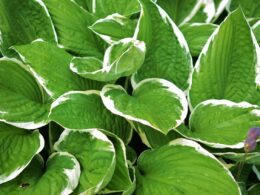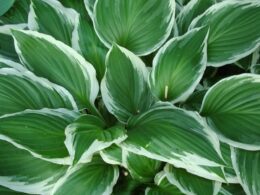Welcome to our blog post where we will address the myth surrounding Spanish moss and its potential harm to trees. It is a widely held belief that Spanish moss is harmful to trees and can negatively impact their health. However, we are here to debunk this misconception and provide you with the facts.
Spanish moss, despite its name, is not actually moss but an epiphyte or air plant that depends on the atmosphere for its nutrition. Contrary to popular belief, Spanish moss does not harm trees. It attaches itself to trees for support but does not pose a threat to their health.
While it is true that Spanish moss can be found on dead or dying trees, it is important to note that it is not the cause of their decline. In some cases, the presence of Spanish moss can block sunlight from reaching the lower branches of a declining tree. However, this occurrence is not common and does not contribute significantly to tree mortality.
Another misconception is that Spanish moss serves as a hiding place for harmful insects. On the contrary, Spanish moss is often utilized by birds for nesting and butterflies for roosting. It does not attract or harbor harmful pests.
Lichens, which are often mistaken for Spanish moss, also do not harm trees. They thrive on trees that have lost their leaves but do not indicate tree decline. If you come across a tree with significant lichen growth, it is advisable to check its overall health as it may be a sign of an unhealthy tree.
In conclusion, Spanish moss does not kill trees or harm their health. It is an epiphyte that relies on air and sunlight for its survival. If you see Spanish moss on a tree, there is no need to worry. However, if you notice significant moss or lichen growth and are concerned about the tree’s health, it is always best to consult an arborist or tree care professional for a proper assessment.
The Truth About Spanish Moss and Tree Health
Contrary to popular belief, Spanish moss does not pose any threat to the health of trees. In fact, it is an epiphyte that depends on air and sunlight for its nutrients and moisture. The presence of Spanish moss on a tree does not harm the tree itself.
However, if the growth of Spanish moss becomes dense and starts blocking sunlight from reaching the leaves of the host tree, it may be necessary to remove some of the moss to ensure the tree receives enough sunlight and sustains its health.
Spanish moss thrives in climates with high heat and humidity, making it commonly found in the southeastern United States. It prefers locations with at least 300 frost-free days per year. Although its appearance might raise concerns, Spanish moss is actually beneficial to the ecosystem.
- It provides nesting and breeding locations for insects, small animals, and bats.
- Birds use Spanish moss as nest-building material.
Spanish moss has also played a historical role in human uses, such as upholstery stuffing, mulch, and crafts. However, when using Spanish moss for any purpose, it’s crucial to heat it through in the oven to eliminate any potential fungus, mold, or pests.
Spanish moss not only adds a touch of natural beauty to trees, but it also contributes to the overall biodiversity of the environment. So, if you come across Spanish moss on a tree, rest assured that it doesn’t pose a threat to the tree’s health.
Conclusion
In conclusion, the rumor that Spanish moss kills trees has been debunked. Spanish moss is simply an epiphyte that grows on trees for support, without harming them. While it may block sunlight to lower branches in a declining tree, this is not a common occurrence.
Contrary to popular belief, Spanish moss is not a hiding place for harmful insects. In fact, it serves as a nesting and roosting location for birds and butterflies. Additionally, lichens often mistaken for Spanish moss also do not pose a threat to tree health.
It is important to understand that the presence of Spanish moss or lichens on a tree does not indicate tree decline. If you are concerned about the health of a tree with significant moss or lichen growth, it is advisable to consult an experienced arborist or tree care professional for an accurate assessment.
Can Spanish Moss Attract Aphids and Harm Trees?
Spanish moss does not directly attract aphids or harm trees. However, it can provide a cozy environment for aphids to thrive. To prevent aphid infestations, consider using aphid control for crepe myrtles to keep your trees healthy and thriving.










